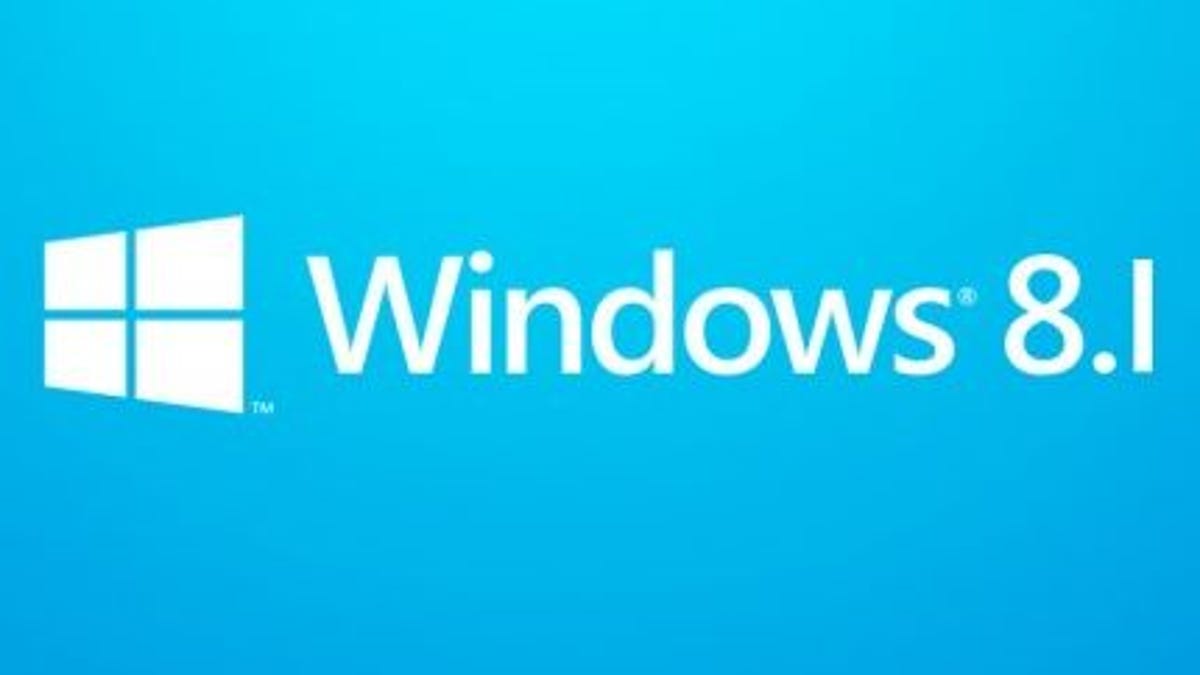How to uninstall Windows 8.1
The best way to undo your Windows 8.1 upgrade is to avoid doing it in the first place.
By most accounts, Windows 8.1 improves on Windows 8 by tweaking the user interface, adding a boot-to-desktop option, and restoring the Start button (albeit not the one you're accustomed to).
However, the upgrade has caused a variety of problems for at least one user: me. And based on some user forums I've visited, I'm far from the only one. You can read the gory (and telling) details in "How to decide if Linux is right for you," but suffice to say, all I want at this point is to restore my system to Windows 8.
That shouldn't be any trouble, right? After all, Windows 8.1 is a dot-release, a minor update. It's not the mammoth shift from, say, Windows XP to Windows 7. And Microsoft's own System Restore feature has been baked into the OS ever since Windows Me, so a few clicks is all it should take. Right?
Nope. There is no uninstall option for Windows 8.1, no System Restore support, no way to retreat back to Windows 8. Period. Once you install Windows 8.1, you're stuck with it. Forever.
At least, that's the case for me. And it's because of an inexplicable, jaw-dropping condition associated with the upgrade that's mentioned at the very bottom of Microsoft's Windows 8.1 FAQ:
After you install Windows 8.1, you won't be able to use the recovery partition on your PC to go back to your previous version of Windows.
Wait, what? Windows 8.1 disables, destroys, or otherwise denies my recovery partition?! I'm not sure, but I think I just found the grounds for my lawsuit. (Attorneys, I'm all ears!) All I know is my Samsung Series 9 won't let me create a recovery drive, nor can I run Windows' refresh or reset options because Windows says the necessary files are missing.
So how do you uninstall Windows 8.1?
According to Microsoft, "If you have upgraded from Windows 8 Pro with Media Center to Windows 8.1 Pro with Media Center, you might be able to restore it back to Windows 8 by refreshing your PC."
I'm not sure why only Pro users are afforded this "might be able to" option, but whatever -- it's worth a try. If you're not familiar with the "refresh" feature, CNET's Ed Rhee explains how to use both refresh and reset in Windows 8.
However, keep in mind you'll need physical Windows 8 installation media (either flash drive or DVD), and if your manufacturer didn't supply it and you didn't take the time to create your own before installing Windows 8.1, you may have a problem.
That's where I'm stuck right now. I'll update the post if and when I'm able to figure out a workaround. In the meantime, if you've had any luck retreating to Windows 8, hit the comments and let us know the process you used.
Update:After a consultation with Samsung tech support, I was able to leverage a recovery partition (despite Microsoft's statement to the contrary) to do a factory restore of my system. Obviously it was a hassle having to reinstall all my software and data afterward, but ultimately it got the job done. For the record, the problems I'd encountered were outlined in the Linux article I referred to up top. And if you want an earful regarding users' problems with Windows 8.1, look no further than the comments section of this post on uninstalling it.


